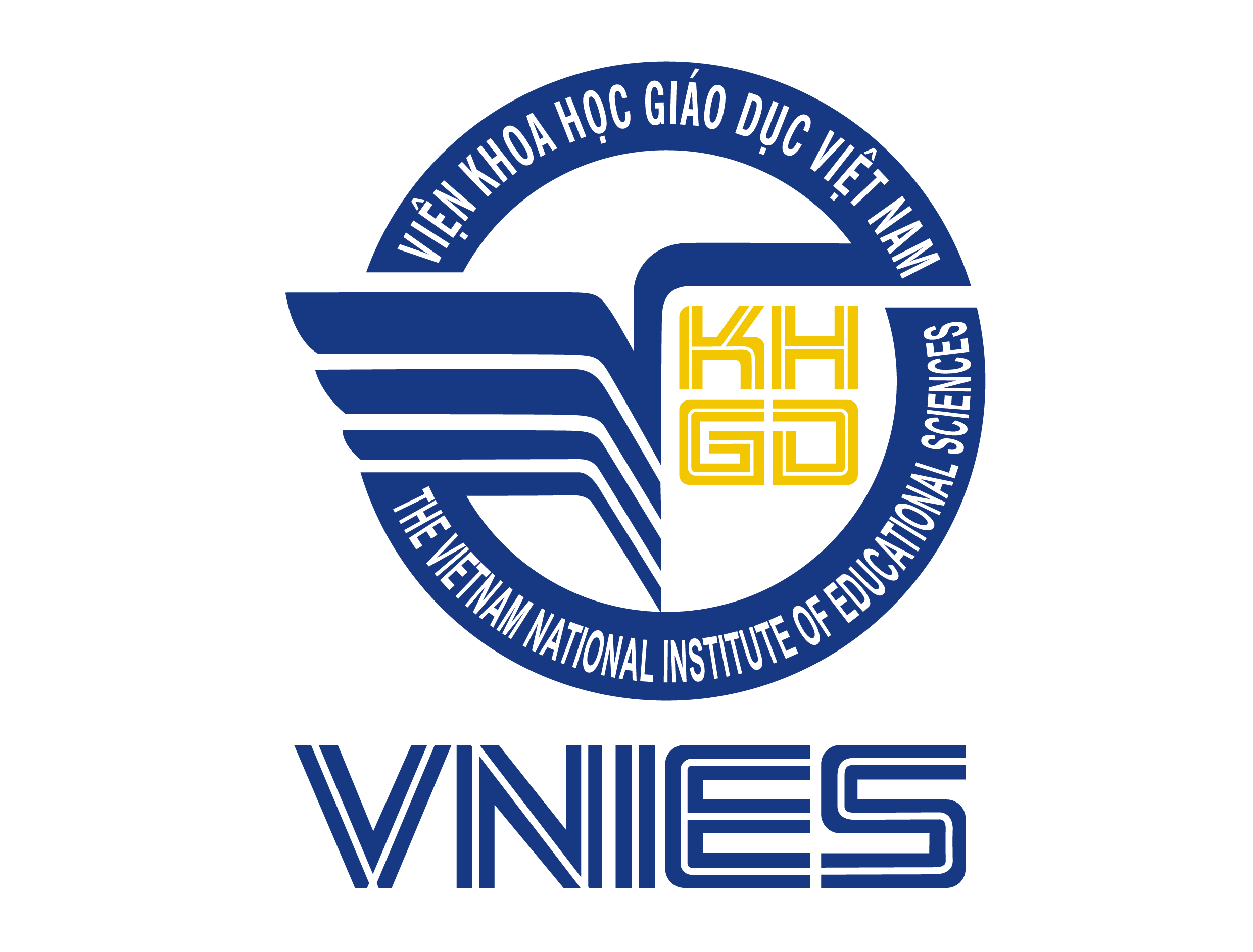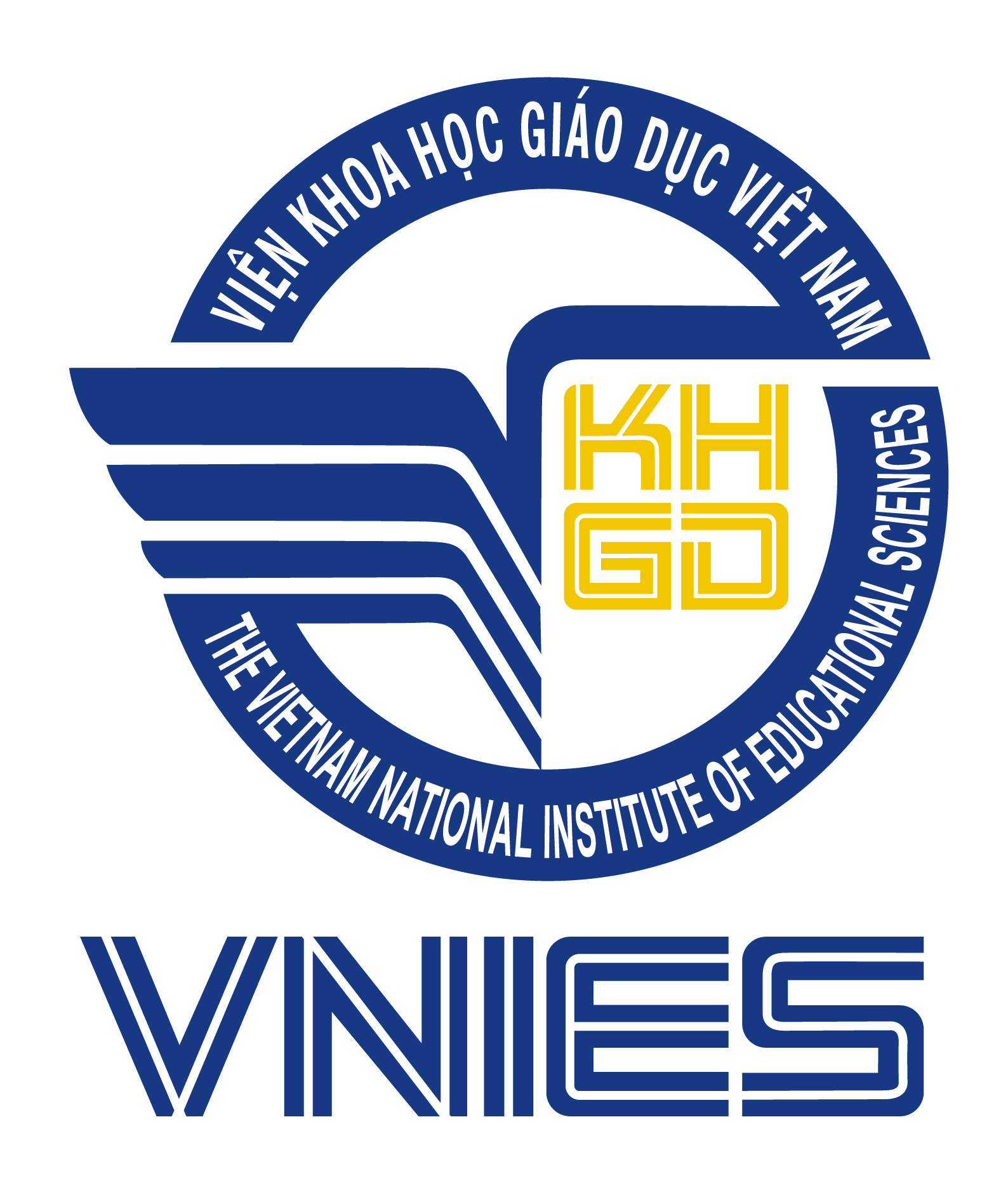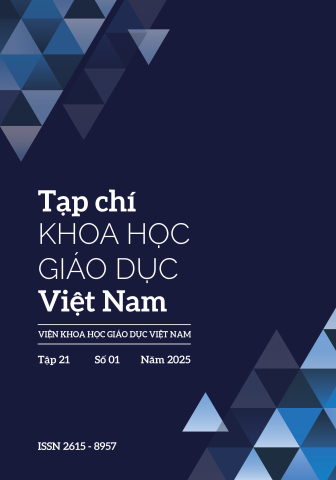[1] Beckman, S. L., & Barry, M. (2007). Innovation as a Learning Process: Embedding Design Thinking. California Management Review, 50(1). http://doi. org/10.2307/41166415.
[2] Bộ Giáo dục và Đào tạo. (2018). Chương trình Giáo dục phổ thông - Chương trình tổng thể
[3] Dym, C. L., Agogino, A. M., Eris, O., Frey, D. D., & Leifer, L. J. (2005). Engineering design thinking, teaching, and learning. Journal of Engineering, https://doi.org/10.1002/j.2168-9830.2005.tb00832.x
[4] Li, Y., Schoenfeld, A. H., diSessa, A. A., Graesser, A., & Benson, L. C. (2019). Design and design thinking in STEM education. Journal for STEM Education Research, 2, 93–104. https://doi.org/10.1007/s41979- 019-00020-z.
[5] Razzouk, R., & Shute, V. (2012). What is design thinking and why is it important?, Review of Educational Research, 82(3), 330–348. https://doi. org/10.3102/0034654312457429
[6] Sotlikova, R. (2023). Design thinking in Education: Empowering students in ELT class
[7] Tschimmel, K., & Santos, J. (2019). Design thinking applied in higher education. In M. Carmo (Ed.), Education applications & developments IV: Advances in education and educational trends series (pp. 259- 311).
[8] Nguyễn Hồng Dương. (2023). Vận dụng tiến trình Tư duy thiết kế vào dạy học nội dung “Làm đồ chơi” (Công nghệ 3) theo định hướng giáo dục STEAM. Tạp chí Giáo dục, 23(20), tr.13-17.
[9] Tạ Thanh Trung, Tạ Hoàng Anh Khoa, Nguyễn Thanh Nga. (2023). Năng lực Tư duy thiết kế của học sinh thể hiện qua bài học chủ đề STEAM định hướng giải quyết vấn đề bằng sự đồng cảm, Tạp chí Khoa học và Công nghệ, Đại học Thái Nguyên, số 4, tr.165-173
[10] Trịnh Tú Anh và nnk. (2023). Tư duy thiết kế trong giáo dục an toàn giao thông cho học sinh trung học phổ thông tại Thành phố Hồ Chí Minh. HCMCOUJS


